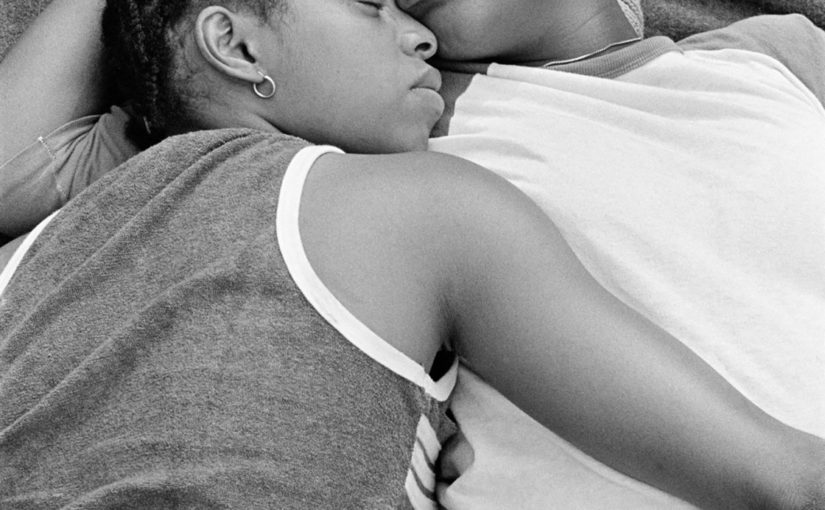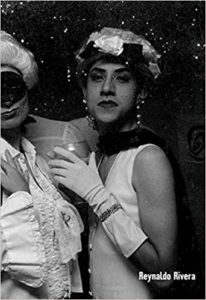
There’s a quality of light I love that I find in all of M. Sharkey’s photos, and I find I am tempted to speak of him as someone like the portrait painter John Singer Sargent, and the way all of his photographs seem to belong to one world because of the light we find in them, a light not so much covering his subjects but illuminating them from within (…). “Queer Kids” then as a project is a radical one, because it shows them as wholly human, participating in their self-presentation, and even if they don’t seem confident in their expressions, exactly — there’s really only one vamp in this group, with their sunglasses, the hand on the hip — we see the confidence it takes to let someone in far enough to be uncertain in their presence. The word “vulnerable” is almost meaningless from overuse, but it means more than unguarded. It means that you admit someone to the realm of the secret self. Or at least, one of them. Even if that someone is only you, as the subject of the photo.
Continue reading: Hyperallergic (Alexander Chee)




